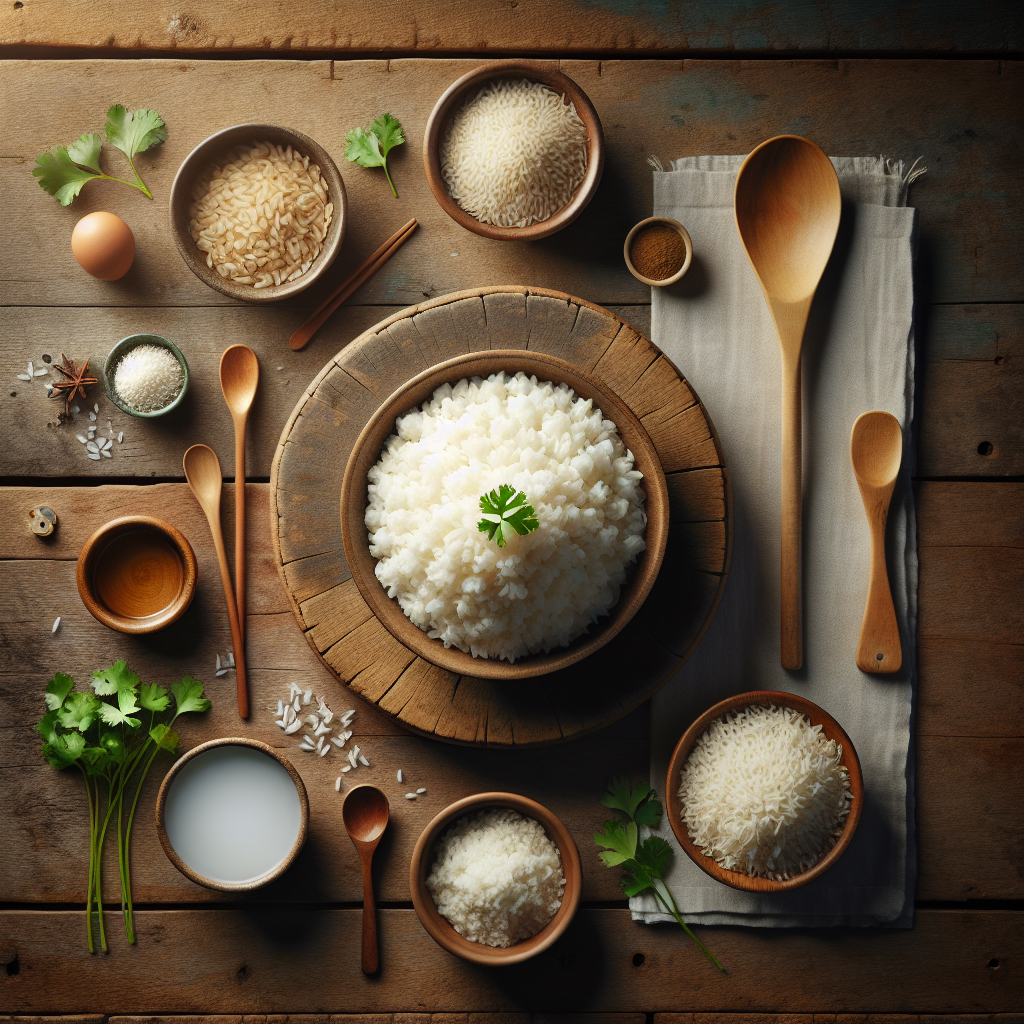Fluffy Rice Techniques: Mastering the Basics
Have you ever wondered why your rice sometimes turns out sticky or mushy instead of perfectly fluffy? 🥴 Well, you’re not alone! Cooking rice can be a bit of an art form, but with the right techniques and tips, you can consistently make delicious, fluffy rice that will impress even the pickiest eaters. Let’s dive into the essentials of mastering fluffy rice!
Table of Contents
1. Choosing the Right Rice
2. Rinsing Your Rice
3. Measuring Water Precisely
4. Cooking Techniques
5. Letting it Rest
6. Conclusion
7. FAQs
Choosing the Right Rice 🌾
The first step to fluffy rice is selecting the right type of rice. There are many varieties available, each with its own characteristics. Long-grain rice, such as basmati or jasmine, is often preferred for fluffy rice because it has less starch, which helps keep the grains separate. If you’re making sushi or risotto, short-grain rice is better suited for that sticky consistency.
Rinsing Your Rice 🚿
Rinsing is a crucial step that many people skip, but it’s essential for removing excess starch. Simply place your rice in a fine mesh strainer and rinse under cold water until the water runs clear. This process helps prevent the rice from becoming gummy and ensures each grain remains distinct.

Measuring Water Precisely ⚖️
The right rice-to-water ratio depends on the type of rice you’re using. For most long-grain white rice, a 1:2 ratio (1 cup of rice to 2 cups of water) works well. Brown rice typically requires a bit more water. Always check the package instructions for the specific type of rice you’re cooking. Accurate measurement is key to achieving the perfect texture.
Cooking Techniques 🍳
There are several methods to cook rice, but two of the most popular are the absorption method and the pilaf method. In the absorption method, bring the water to a boil, add the rice, cover, and simmer until the water is absorbed. The pilaf method involves sautéing the rice in a bit of oil before adding water, which adds a nutty flavor and helps keep the grains separate. Whichever method you choose, avoid stirring the rice too much to prevent breaking the grains.
Letting it Rest 🕒
Once the rice is cooked, allow it to sit, covered, for 5-10 minutes. This resting period lets the moisture redistribute evenly, resulting in light, fluffy rice. Afterwards, gently fluff the rice with a fork to separate the grains.
Conclusion
Mastering the art of fluffy rice is all about attention to detail, from selecting the right type of rice to managing the cooking process with precision. With these techniques in your culinary toolkit, you can transform your rice dishes into something extraordinary. Happy cooking! 🍚
FAQs
Q1: What should I do if my rice turns out sticky?
Don’t worry! Sticky rice often results from excess starch or too much water. Make sure to rinse your rice thoroughly and adjust the water ratio according to the rice type.
Q2: Can I use a rice cooker for fluffy rice?
Absolutely! Rice cookers are fantastic for achieving consistent results. Just be sure to follow the rice-to-water ratio guidelines and let the rice rest before serving.
Q3: How can I add flavor to my rice?
You can enhance the flavor by cooking the rice in broth instead of water, adding spices or herbs during cooking, or trying the pilaf method for a nutty taste.
Q4: Is it necessary to let the rice rest after cooking?
Yes, resting allows the moisture to distribute evenly, ensuring a fluffier texture. It’s a small step that makes a big difference!





